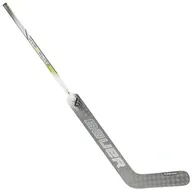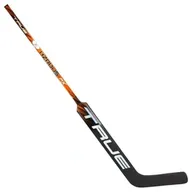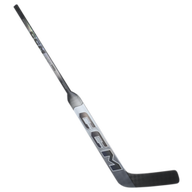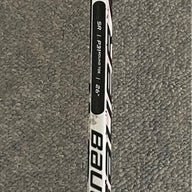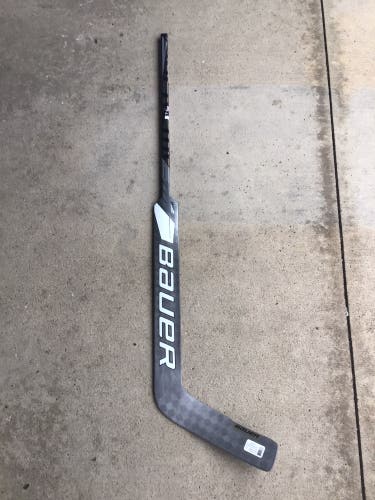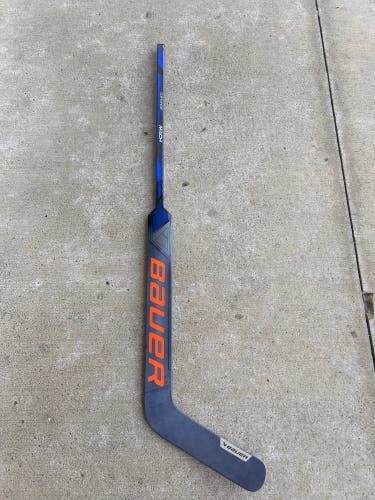Hockey Goalie Sticks
Popular Hockey Goalie Sticks
See more Popular Hockey Goalie SticksShop by Age Group
IntermediateSenior
30 Results
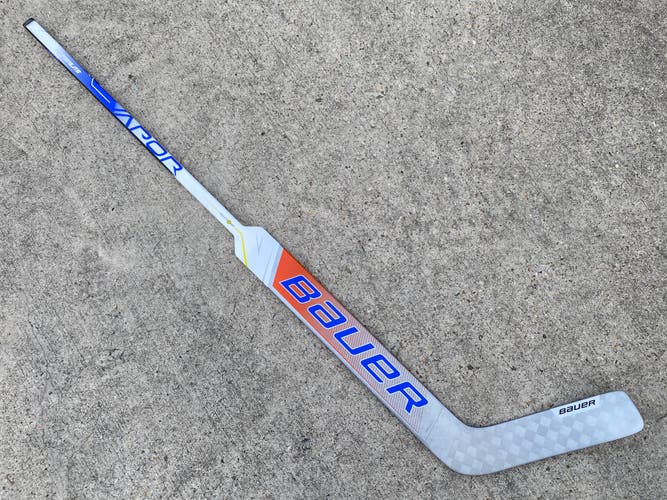
Valhalla_Sport

Kelsey122
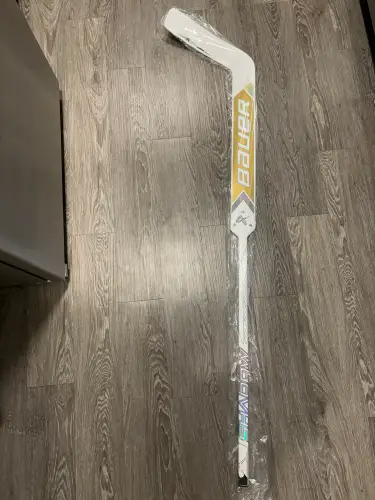
Cgwr00
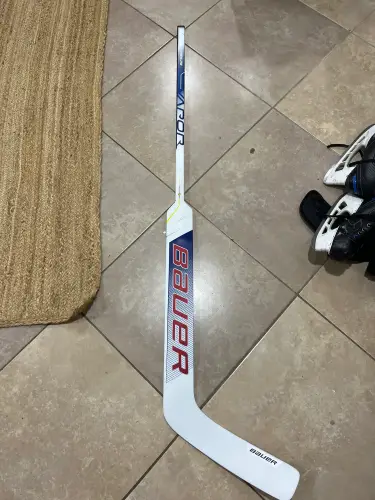
g_stevens34

ridgewells

stremblay

Cgwr00
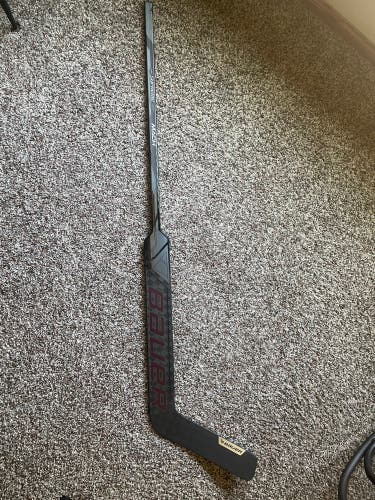
Emmy23

stremblay

PondofDreams
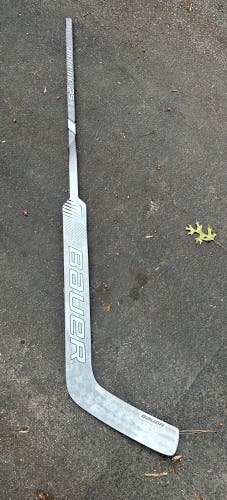
wvuviv30
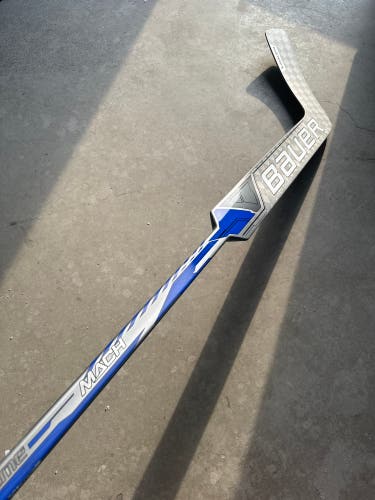
NorthProStock
25.5" NHL Senior Bauer Regular Paddle Pro Stock (New) Supreme Mach Goalie Stick
$179
Retail price: $500
prostockdirect
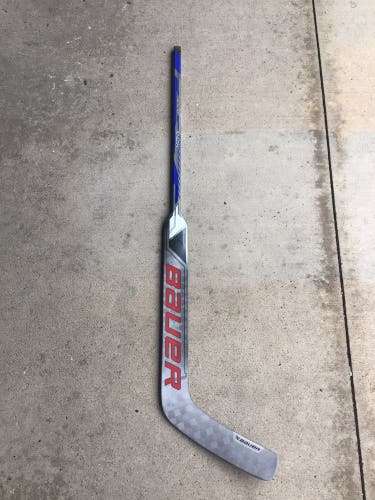
PondofDreams

NorthProStock
25.5" NHL Senior Bauer Regular Paddle Pro Stock (New) Supreme Mach Goalie Stick
$179
Retail price: $500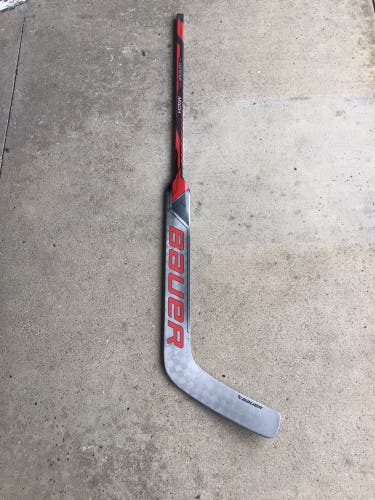
PondofDreams
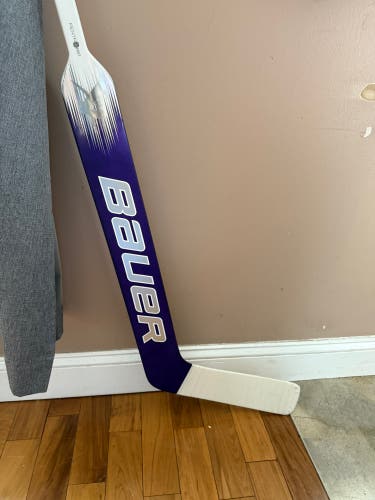
dprinc31
Senior Bauer Regular Purple/silver/orange Hyperlite 2 27.5" Paddle Pro Stock (New)
$250
Retail price: $319
savemaker42069

savemaker42069
CUSTOM NCAA Senior Bauer Supreme Mach Regular Goalie Stick 26" Paddle Pro Stock (New)
$235
Retail price: $350
PIAS11826
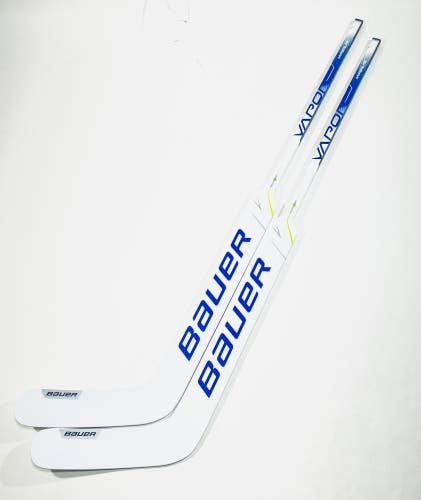
ProSourceHockey

NorthProStock
2 PACK 25.5" NHL Senior Bauer Regular Paddle Pro Stock (New) Supreme Mach Goalie Stick
$355
Retail price: $1,000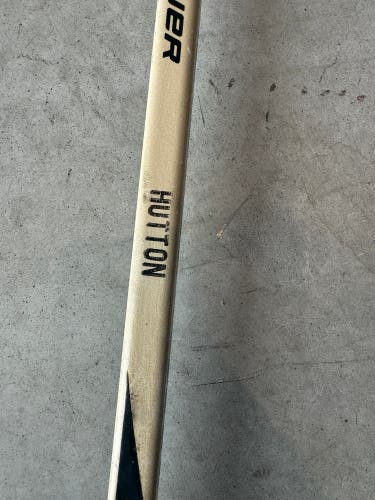
NorthProStock
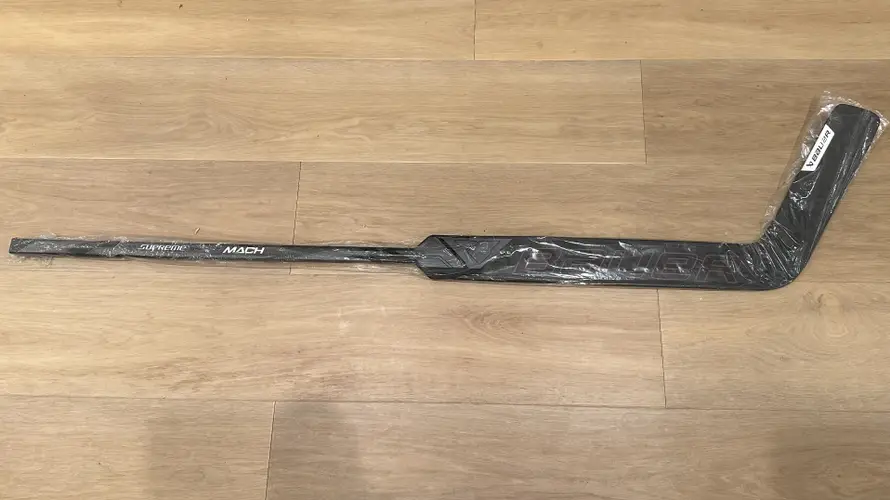
savemaker42069
